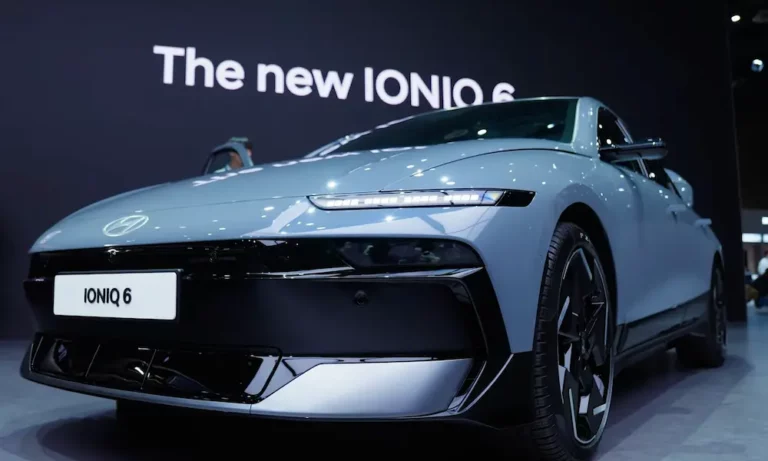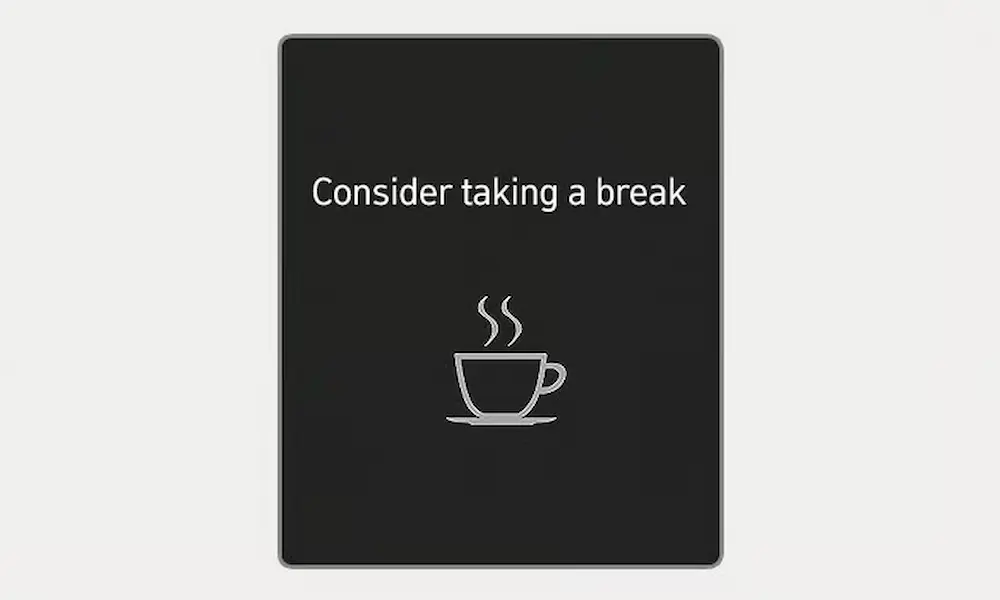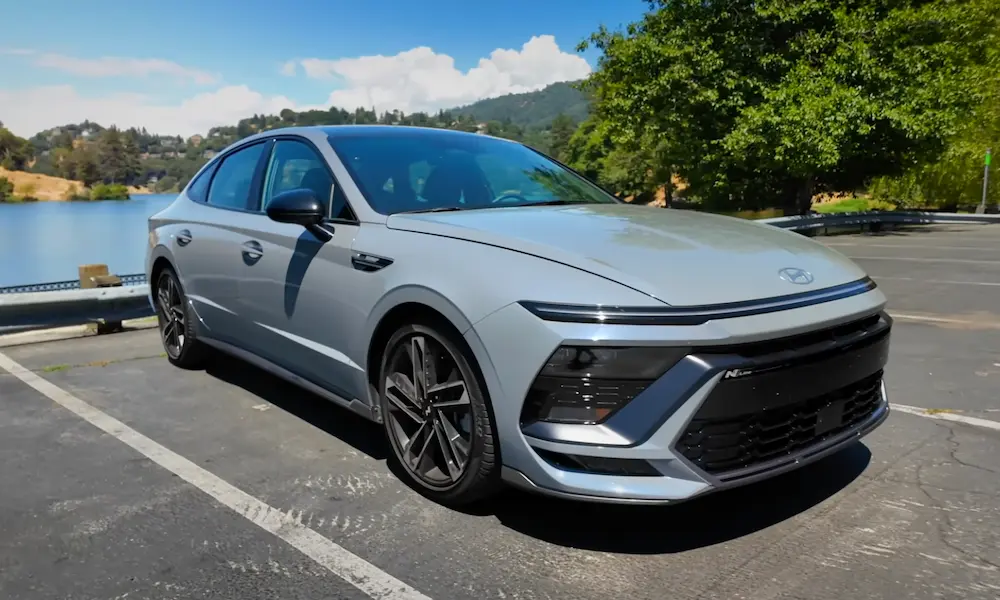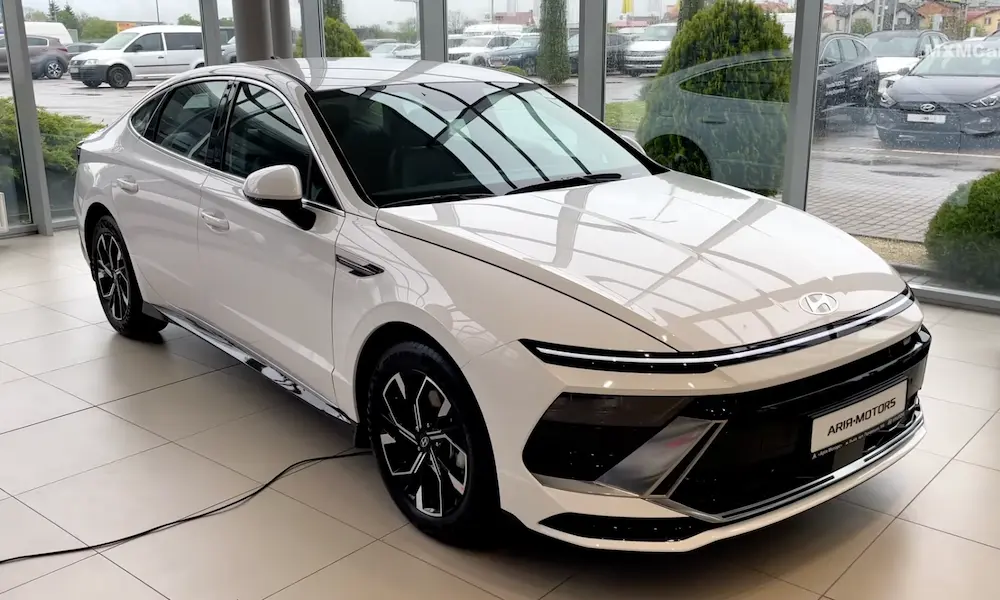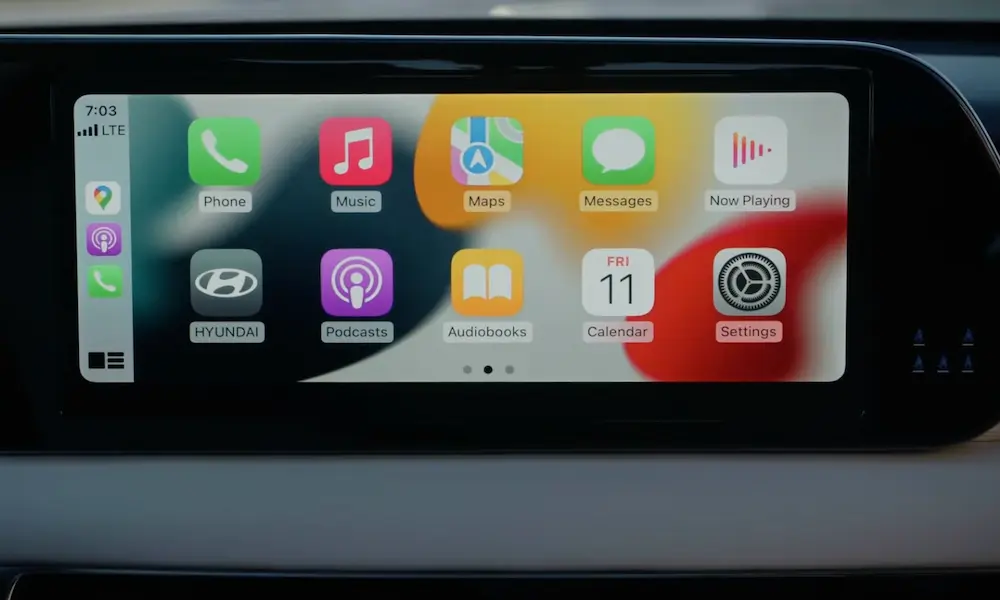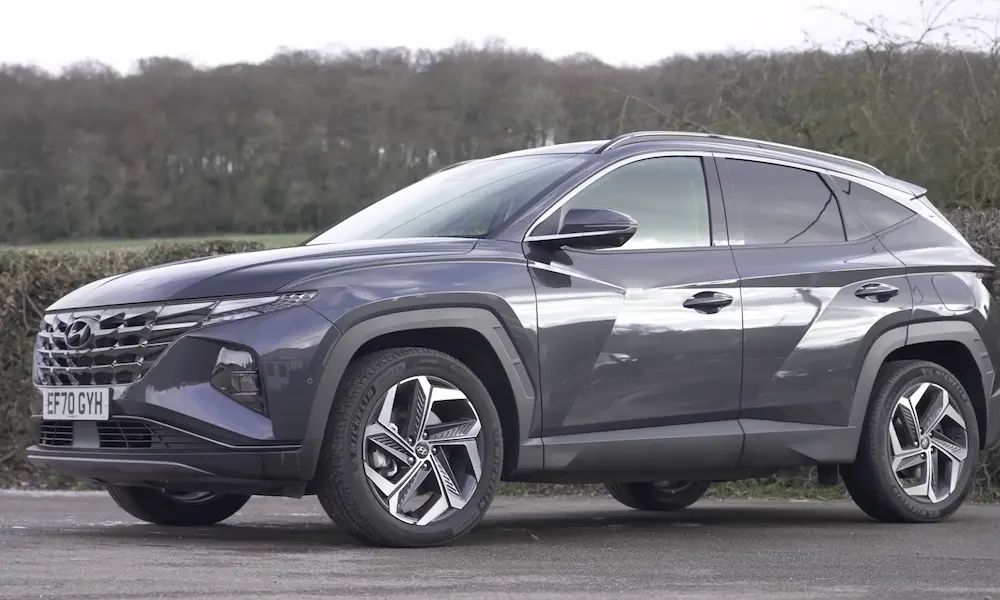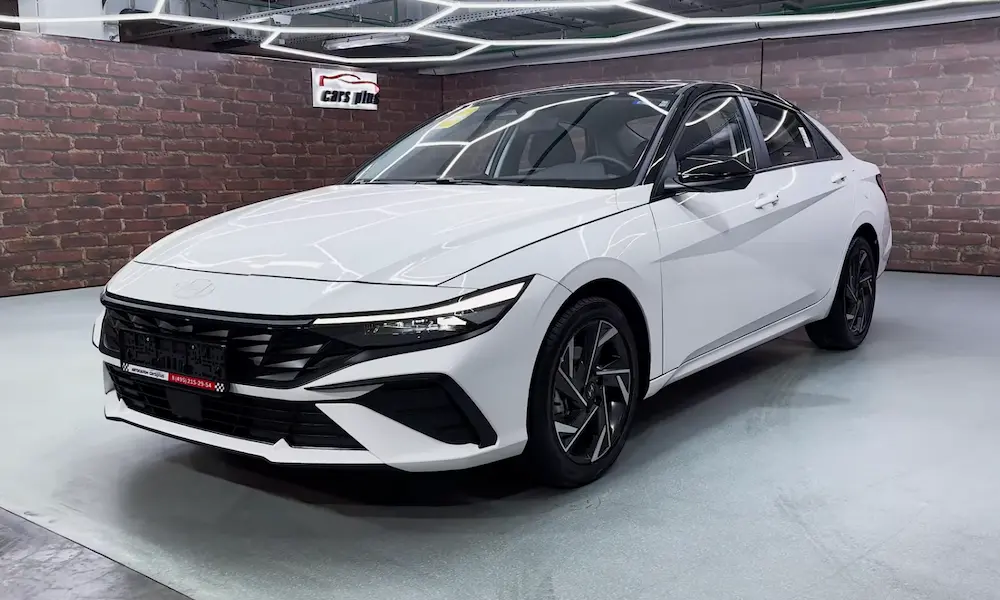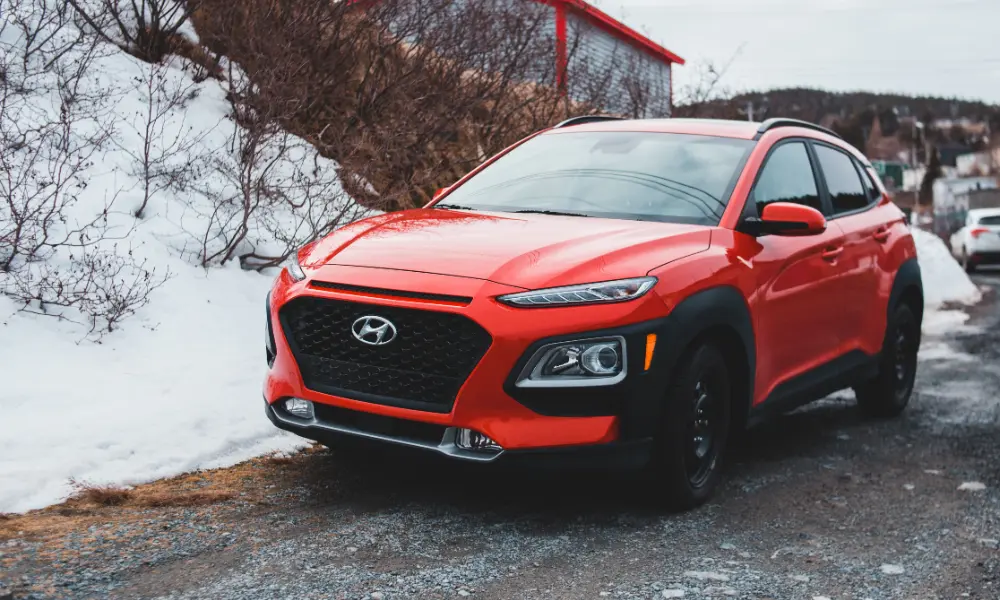You’ve just invested in a new Hyundai—congratulations! With that impressive 10-year/100,000-mile powertrain warranty and 5-year/60,000-mile limited warranty, you’re feeling pretty protected. But before you get too comfortable, it’s worth understanding what’s actually excluded from that coverage. Knowing these limitations now can save you headaches (and money) down the road.
Regular Maintenance Items Your Warranty Won’t Touch
When you purchase a Hyundai, the warranty doesn’t cover routine maintenance—the regular services that keep your car running smoothly. This might seem obvious, but many owners are surprised when they get their first maintenance bill.
Fluid Changes and Routine Services
Your warranty won’t cover:
- Oil changes (synthetic or conventional)
- Transmission fluid replacements
- Coolant flushes
- Scheduled maintenance services like inspections
- Brake fluid changes
- Power steering fluid top-offs
While Hyundai does offer complimentary maintenance for the first 3 years/36,000 miles on some models, this isn’t part of the warranty—it’s a separate program.
Filters and Other Replaceable Items
These consumable parts need regular replacement but aren’t warranty-covered:
- Air filters (engine and cabin)
- Fuel filters
- Oil filters
- Wiper blades
- Light bulbs and fuses
Think of these like the groceries of car ownership—they’re necessary recurring expenses, not manufacturing defects.
Normal Wear and Tear Components
Your car naturally deteriorates with use. The warranty doesn’t cover parts that degrade through normal driving.
Brake System Components
The warranty won’t cover:
- Brake pads and linings
- Brake rotors
- Brake calipers (when worn through normal use)
These components wear down by design—every time you press the brake pedal, you’re creating friction that gradually erodes these parts.
Clutch and Transmission Wear Items
If you drive a manual Hyundai, be aware that these wear items aren’t covered:
- Clutch facings
- Pressure plates
- Throw-out bearings
Even in automatic transmissions, certain wear components might not be covered after normal use.
Tires and Suspension Components
Your warranty excludes:
- Tires (these typically have separate warranties from the manufacturer)
- Shock absorbers and struts
- Wheel bearings showing normal wear
- Ball joints and bushings
| Component Type | Warranty Coverage | Typical Replacement Interval |
|---|---|---|
| Tires | Not covered (separate manufacturer warranty) | 30,000-50,000 miles |
| Brake Pads | Not covered | 30,000-70,000 miles |
| Wiper Blades | Not covered | 6-12 months |
| Air Filters | Not covered | 15,000-30,000 miles |
| Clutch (Manual) | Not covered | 40,000-100,000 miles |
Exterior and Appearance Items
The showroom shine won’t last forever, and the warranty recognizes this reality.
Paint and Finish Limitations
Hyundai’s paint warranty is more limited than you might think:
- Paint defects are only covered for 3-5 years (shorter than the main warranty)
- Normal discoloration of plated parts isn’t covered
- Sun fading and oxidation aren’t warranty issues
The warranty only covers manufacturing defects in the paint—not normal aging or environmental damage.
Interior Wear and Cosmetic Issues
Your warranty doesn’t address:
- Upholstery stains or tears from normal use
- Fading fabrics or materials
- Scuffed plastic trim
- Worn carpeting or floor mats
These items are expected to show signs of use over time and aren’t considered defects.
Damage From External Causes
Life happens, but your warranty doesn’t cover it when it does.
Environmental and Weather-Related Damage
Nature can be tough on vehicles, but the warranty won’t help with:
- Weather-related damage (hail, floods, storms)
- Salt corrosion in coastal or winter driving regions
- Damage from tree sap or bird droppings
- Sand or gravel chips to paint or glass
- Sun damage to interior components
These exclusions exist because environmental factors aren’t manufacturing issues.
Accident and Misuse Damage
The warranty doesn’t cover damage from:
- Collisions or accidents
- Vandalism or theft
- Racing or off-road use (unless in a designated off-road vehicle)
- Overloading beyond specified capacity
- Towing beyond recommended limits
Using your Hyundai for purposes it wasn’t designed for? That’s on you, not the manufacturer.
Modifications and Aftermarket Parts
Customizing your ride might void portions of your warranty—a fact many owners don’t realize until it’s too late.
Performance Upgrades and Their Impact
Be cautious with these modifications:
- Engine performance chips or tuners
- Aftermarket exhaust systems
- Non-approved accessories that alter factory specifications
- Suspension lowering or lifting kits
- Engine modifications for increased horsepower
Hyundai can deny warranty claims if these modifications contributed to the failure.
Non-Genuine Parts and Their Consequences
Using non-Hyundai parts can affect your coverage:
- Installing non-Hyundai or non-approved parts may void warranty for related components
- Aftermarket filters or lubricants that don’t meet specifications
- Third-party electronic components that interface with vehicle systems
- Off-brand replacement parts
The warranty is designed around the original engineered components—deviate from that, and you’re taking a risk.
Maintenance-Related Exclusions
How you care for your Hyundai matters—neglect can void your warranty protection.
Improper Maintenance Practices
Your warranty won’t cover damage from:
- Skipping recommended maintenance intervals
- Using incorrect fluids or lubricants
- Engine damage from low oil levels
- Contamination from poor-quality fuel
- Sludge buildup from infrequent oil changes
Hyundai requires proof that you’ve maintained the vehicle according to the schedule in your owner’s manual.
DIY Repairs Gone Wrong
If you’re handy, be careful:
- Improper repairs causing additional damage
- Electrical issues from incorrect wiring
- Engine damage from improper timing belt installation
- Transmission problems from incorrect fluid filling
While you can perform your own maintenance, any damage caused by improper work isn’t covered.
Special Circumstances and Exclusions
Some situations automatically limit or void your warranty coverage.
Commercial Use Limitations
Using your Hyundai for business purposes often restricts warranty coverage:
- Taxi or ride-sharing services
- Delivery services
- Commercial fleet operations
- Vehicles used for towing services
Commercial use puts more stress on components, which is why it often comes with warranty restrictions.
Consequential Expenses
The warranty specifically excludes secondary costs:
- Rental car expenses during repairs
- Lost wages due to vehicle downtime
- Towing costs (except under roadside assistance)
- Hotel or travel expenses related to breakdowns
- Personal property damaged due to vehicle issues
Even if the initial problem is covered, these related expenses aren’t part of the warranty.
Vehicles With Special Conditions
These circumstances can void your warranty:
- Vehicles with altered odometers
- Salvage title vehicles
- Vehicles used in competitive events
- Cars previously declared total losses by insurance companies
- Vehicles with serial numbers that have been altered
Such conditions make it impossible for Hyundai to verify proper maintenance or determine legitimate manufacturing issues.
High-Tech Components and Systems
Modern Hyundais come packed with technology, but these systems have their own warranty quirks.
Infotainment and Navigation Limitations
Your warranty may have limited coverage for:
- Software glitches after warranty updates
- Map updates for navigation systems
- Bluetooth or connectivity issues
- Touchscreen sensitivity problems
- Voice recognition failures
Technology evolves rapidly, and Hyundai doesn’t guarantee that older systems will remain compatible with newer devices.
Battery and Electrical System Restrictions
Be aware of these electric component limitations:
- Standard 12V batteries (usually covered only for the first 3 years)
- Remote key fob batteries
- Electrical accessories installed after purchase
- Damage from improper jump-starting
- Issues caused by aftermarket electrical accessories
Even high-voltage batteries in hybrid or electric Hyundais have specific warranty provisions separate from the standard coverage.
Getting the Most From Your Warranty
To maximize your warranty protection and avoid surprises, follow these proactive steps throughout your ownership experience.
Documentation Is Your Best Defense
Protect yourself with thorough records:
- Keep all maintenance receipts, even for DIY work
- Follow the maintenance schedule in your owner’s manual
- Have all recall work performed promptly
- Document any unusual issues with photos
- Get everything in writing when discussing warranty claims
When warranty disputes arise, documentation is often what makes or breaks your case.
Understanding Transferability and Extensions
If you’re buying or selling a Hyundai, know that:
- The 10-year/100,000-mile powertrain warranty only applies to the original owner
- Subsequent owners get a reduced 5-year/60,000-mile powertrain warranty
- Extended warranties may be available for purchase
- Certified Pre-Owned Hyundais have specific warranty terms
The warranty terms change based on ownership history, so review the fine print carefully.
Understanding what isn’t covered by your Hyundai warranty helps you make informed decisions about vehicle maintenance and repairs. By knowing these exclusions, you can budget appropriately for normal wear items and take steps to maintain warranty coverage for the components that are protected.

